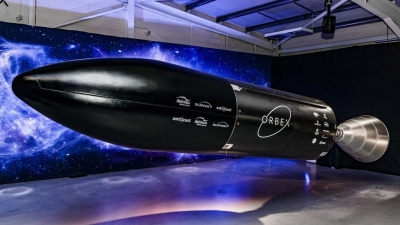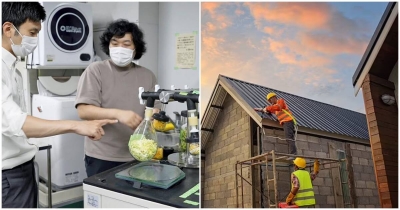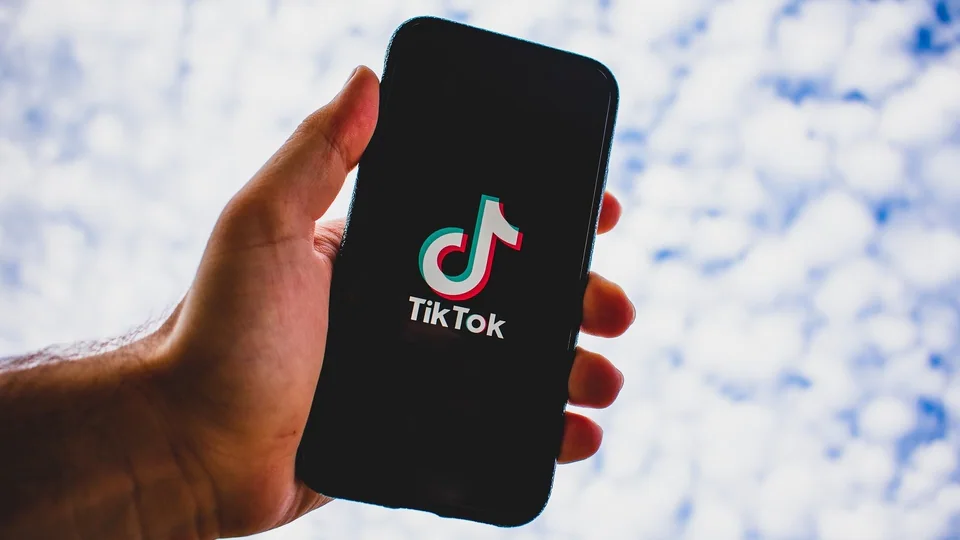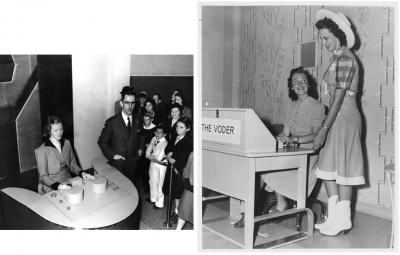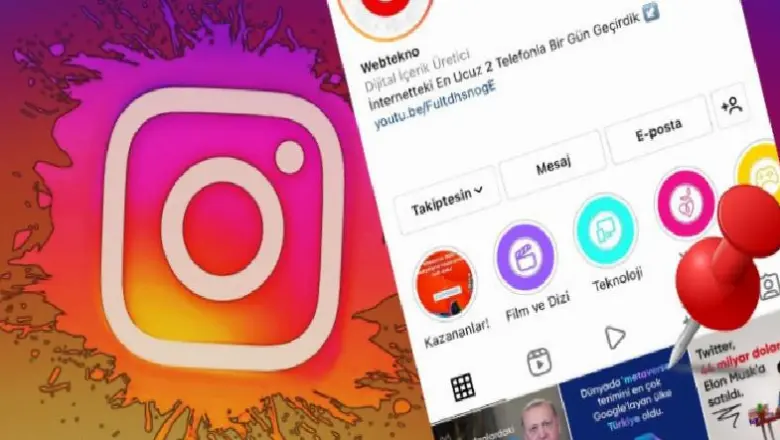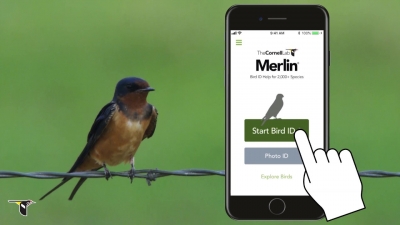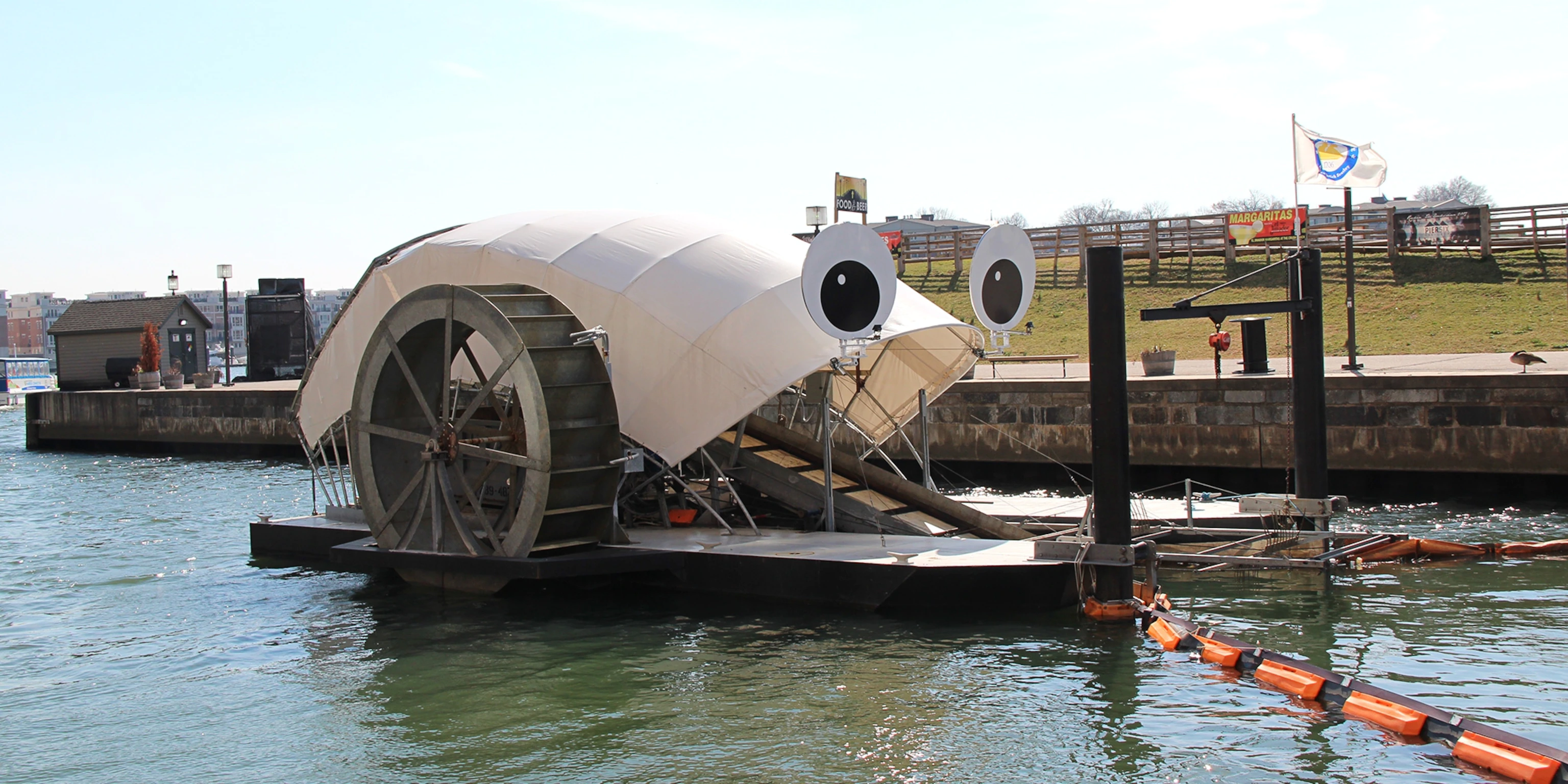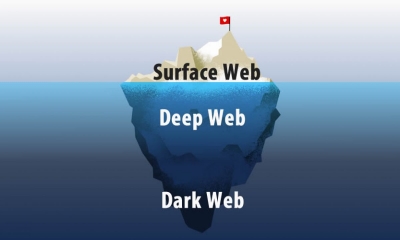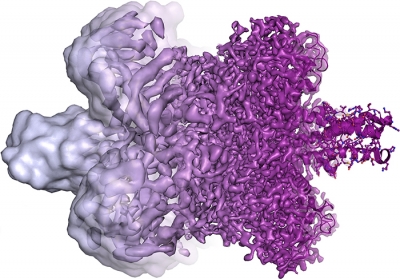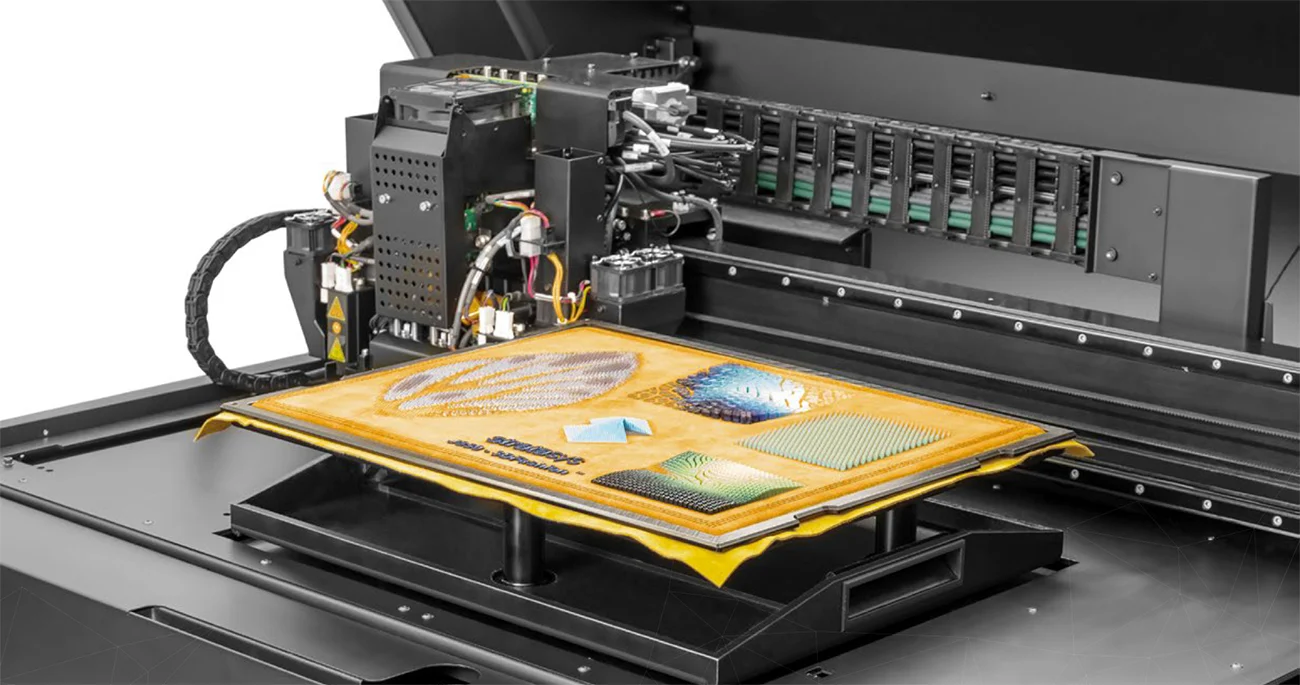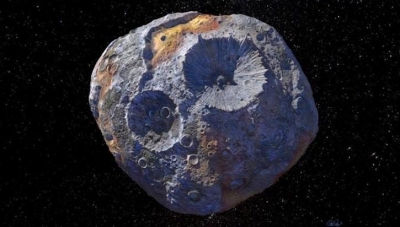
On June 18, 1983, Sally K. Ride was onboard the space shuttle Challenger for the STS-7 mission, thereby becoming the first American woman to go into space. Apart from making two space flights, Ride championed the cause of science education for children.
The first decades of space exploration was largely dominated by two countries the US and the Soviet Union This period is even referred to as the Space Race as the two Cold War adversaries pitted themselves: against each other to achieve superior spaceflight capabilities.
While the two countries were neck and neck in most aspects. the Soviets sent a woman to space much before the US. Even though Valentina Tereshkova became the first woman in space in June 1963, it was another 20 years before Sally Ride became the first American woman in space
Urged to explore
Ride was the older of two daughters born to Carol Joyce Ride and Dale Ride. Even though her mother was a counsellor and her father a professor of political science. Ride credits them for fostering her interest in science by enabling her to explore from a very young age.
An athletic teenager, Ride loved sports such as tennis, running, volleyball, and softball. In fact, she attended Westlake School for Girls in Los Angeles on a partial tennis scholarship. She even tried her luck in professional tennis, before returning to California to attend Stanford University.
By 1973, Ride not only had a Bachelor of Science degree in Physics, but had also obtained a Bachelor of Arts degree in English. She got her Master of Science degree in 1975 and obtained her Ph.D. in Physics by 1978
Restriction removed
Having restricted astronaut qualification to men for decades, NASA expanded astronaut selection with the advent of the space shuttle from only pilots to engineers and scientists, opening the doorway for women finally. Having seen an ad in a newspaper inviting women to apply for the astronaut programme Ride decided to give it a shot
Out of more than 8,000 applications, Ride became one of six women who were chosen as an astronaut candidate in January 1978. Spaceflight training began soon after and it included parachute jumping, water survival, weightlessness, radio communications, and navigation, among others. She was also involved in developing the robot arm used to deploy and retrieve satellites.
Ride served as part of the ground-support crew for STS-2 and STS-3 missions in November 1981 and March 1982. In April 1982, NASA announced that Ride would be part of the STS-7 crew, serving as a mission specialist in a five-member crew.
First American woman in space
On June 18, 1983, Ride became the first American woman in space. By the time the STS-7 mission was completed and the space shuttle Challenger returned to Earth on June 24, they had launched communications satellites for Canada and Indonesia. As an expert in the use of the shuttle's robotic arm, Ride also helped deploy and retrieve a satellite in space using the robot arm.
Ride created history once again when she became the first American woman to travel to space a second time as part of the STS-41G in October 1984. During this nine-day mission, Ride employed the shuttle's robotic arm to remove ice from the shuttle's exterior and to also readjust a radar antenna. There could have even been a third, as she was supposed to join STS-61M, but that mission was cancelled following the 1986 Challenger disaster.
Even after her days of space travel were over, Ride was actively involved in influencing the space programme. When accident investigation boards were set up in response to two shuttle tragedies - Challenger in 1986 and Columbia in 2003 Ride was a part of them both.
Picture Credit : Google
